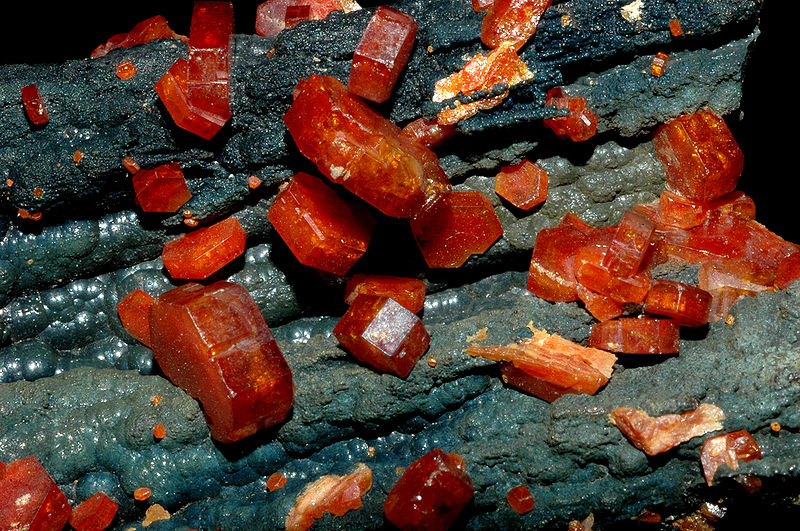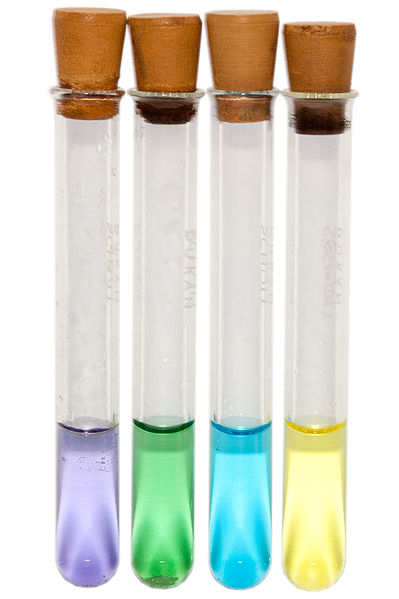IYC2011 - Vanadium Traditional Geocache
Sadoprest: Takk for alle besøk. IYC2011-serien arkiveres sakte men sikkert.
-
Difficulty:
-

-
Terrain:
-

Size:  (small)
(small)
Related Web Page
Please note Use of geocaching.com services is subject to the terms and conditions
in our disclaimer.
This is a cache in the IYC2011-series that is preparing for
the
International Year of Chemistry in 2011. They will
hopefully
increase chemistry knowledge as well as provide for good
cache
experiences.
Each cache in the IYC2011-series contains a clue (on the
log
sheet) to find the final IYC2011-cache to be released on
1/1/2011.
Vanadium
Vanadium is the chemical element with atomic number 23, represented
by the symbol V.
It is a soft, silvery gray, ductile transition metal. The formation
of an oxide layer stabilizes the metal against oxidation. Andrés
Manuel del Río discovered vanadium in 1801 by analyzing the mineral
vanadinite, and named it erythronium. Four years later, however, he
was convinced by other scientists that erythronium was identical to
chromium. The element was rediscovered in 1831 by Nils Gabriel
Sefström, who named it vanadium after the Scandinavian goddess of
beauty and fertility, Vanadis (Freya). Both names were attributed
to the wide range of colors found in vanadium compounds.
The element occurs naturally in about 65 different minerals and in
fossil fuel deposits. It is produced in China and Russia from steel
smelter slag; other countries produce it either from the flue dust
of heavy oil, or as a byproduct of uranium mining. It is mainly
used to produce specialty steel alloys such as high speed tool
steels. The compound vanadium pentoxide is used as a catalyst for
the production of sulfuric acid. Vanadium is found in many
organisms, and is used by some life forms as an active center of
enzymes.

The chemistry of vanadium is noteworthy for the accessibility of
four adjacent oxidation states. The common oxidation states of
vanadium are +2 (lilac), +3 (green), +4 (blue) and +5 (yellow).
Vanadium(II) compounds are reducing agents, and vanadium(V)
compounds are oxidizing agents. Vanadium(IV) compounds often exist
as vanadyl derivatives which contain the VO2+
center.

Approximately 85% of vanadium produced is used as ferrovanadium or
as a steel additive.[22] The considerable increase of strength in
steel containing small amounts of vanadium was discovered in the
beginning of the 20th century. Vanadium forms stable nitrides and
carbides, resulting in a significant increase in the strength of
the steel.
Read more about vanadium here or here.
Cache contents
- Logsheet
- Pencil
- FTF-certificate
This cache will be maintained by my mother, who lives in the
area, as well as myself.
Additional Hints
(Decrypt)
Haqre onypbal, abegu fvqr.
Ernpu haqre gb trg gur obk.